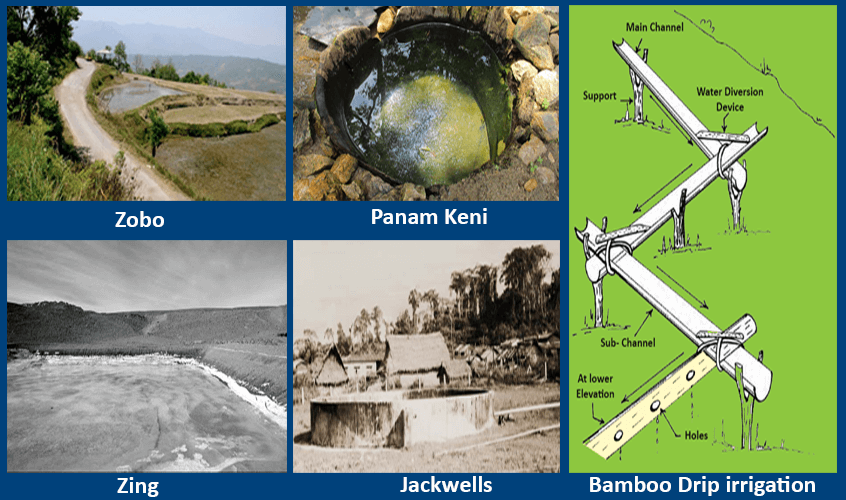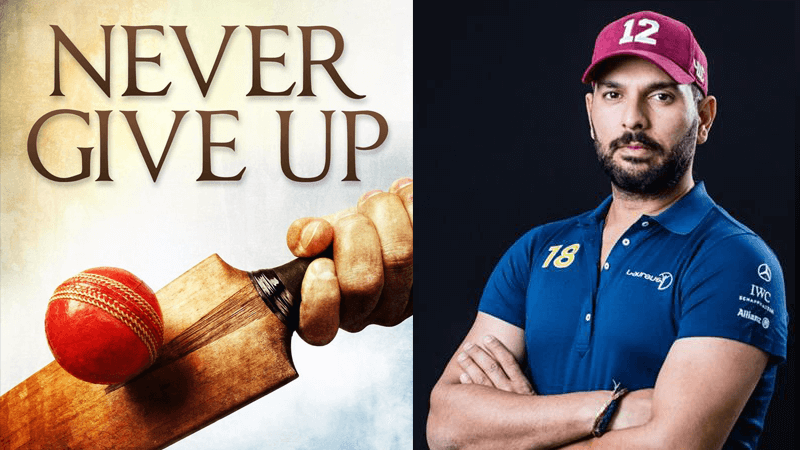In Story
The Lion That Sprang to Life
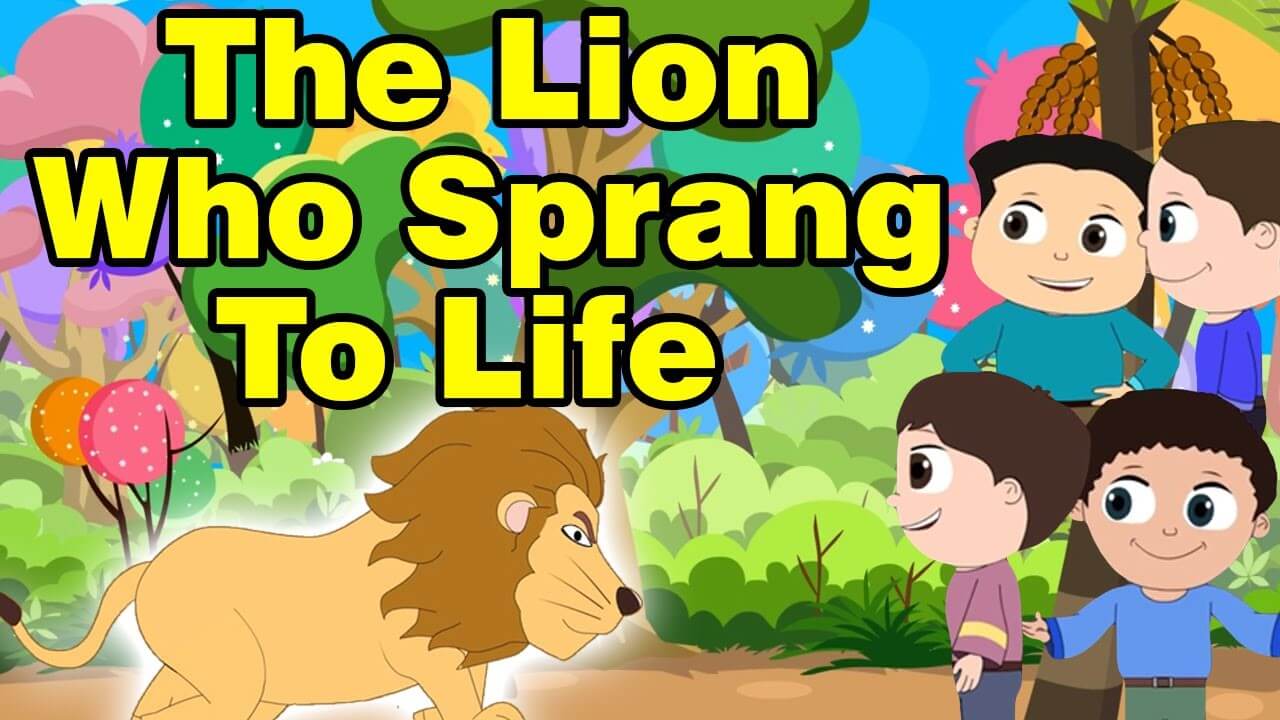
All our childhoods has imprints of Panchatantra stories that our parents and grandparents used to narrate us during bedtime. We all must have a lot of memories and moral lessons that we learned during that time. Let’s read this story of four friends, which talks of knowledge and common sense.
Once upon a time, there were four friends in a village. Three of these were very learned in all scriptures and sciences, whereas, the fourth friend by the name of Subuddhi was not much learned in scriptures or sciences, but quite practical in his approach towards life and knew what was good or bad for him.
One day, the three learned friends thought that there was no use of their learning, unless it brought them money to fulfil their needs. They decided to travel to all distant towns and cities in order to try their luck. They didn’t want to take their fourth friend with them, but took him along with them, as he was their childhood friend.
One day, during their journey, they crossed a dense forest where they saw a heap of bones lying under a tree. On seeing the heap, one of the learned friends said, “Friends, this is a good opportunity to test our skills. I think these bones are of a certain animal. Let us bring it to life using the knowledge we have acquired.”
The first friend said, “Fine. I will use my skills to assemble the bones into a skeleton”. He chanted some mantra and ordered all the bones to come together forming a skeleton.
When the skeleton was ready, the second friend chanted some mantras, commanding flesh and blood to fill the skeleton and skin to cover it. The heap of bones now looked like a lifeless lion.
As the third learned friend stood up to do the final act of putting life into the lifeless body of the animal, the fourth friend shouted, “Stop! This looks like the body of a lion. If it comes to life, he will kill all of us.” The third friend ignored the fourth friend and started chanting the mantra to bring the animal back to life.
The fourth friend in the meantime quickly climbed up a tree nearby. The three learned friends laughed on the act of their friend. As soon as the third friend put life in the lifeless body of the lion, the lion sprang to life and killed all the three learned men.
The fourth friend waited for the lion to go away. He climbed down the tree and safely went back to his village.
Moral: Knowledge without common sense is useless.
UNSUNG HEROS
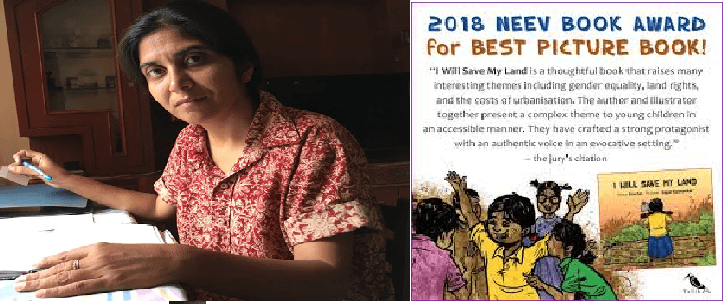
RINCHIN
Based in Chattisgarh and Madhya Pradesh, Rinchin is a writer and activist who has been actively involved in the social movement of the tribals. Living a nearly nomadic life, she has been documenting the untold stories of the people of Raigarh. A liberal person Rinchin has been putting much effort to make the voices of the helpless tribal people heard around the world.
In her books, she covers modern-day issues of men and women in rural areas struggling to save their lands from getting it converted into mines, and how it, later on, affects their lives and ecology of our country. Her stories speak volumes of the social, political and cultural realities of this big wide world.
Characters like Rinchin strongly affect people’s lives, who are tough and decisive in the long run. We need to develop ourselves like her, to help others and keep humanity alive in every individual’s heart.
Rinchin has already authored six books. She chose to write about children since she felt that they had a larger stake in the way society is going to be shaped. One of her most famous books is, “I will save my land”, in which she talks about a young girl who believes in performing tiring jobs in the fields that adults felt were too difficult for her. It’s an influential and motivating book!
INTER ACTIVITY
WORD POWER
Unscramble the words to fill in the blanks with correct word:-
- Jaya is the most _______ ( T N I G L L T N I E E ) student in our class.
- Good food contains natural_________ (T C S U E B S A N) that our body needs.
- The table of _________ (N T O E T C N) gives us information about what is inside a book.
- ‘River gypsies’ or ‘Water gypsies’ or ‘bedey’ is an ethnic group of Bangladesh that is used to a nomadic _________ (E V R R I) life.
- Ritu started her own _________ (I E S N U S B S) a few months ago.
- Priya likes to read in her free time. She has got a _________ (R R Y A I B L) of her own.
- Shravan lives in Canada with his_________ (I L A Y F M).
- The Bharatpur _______________ (T R U A Y N A S C) was upgraded to a National Park in 1981 and renamed Keoladeo Ghana.
ILLUSION
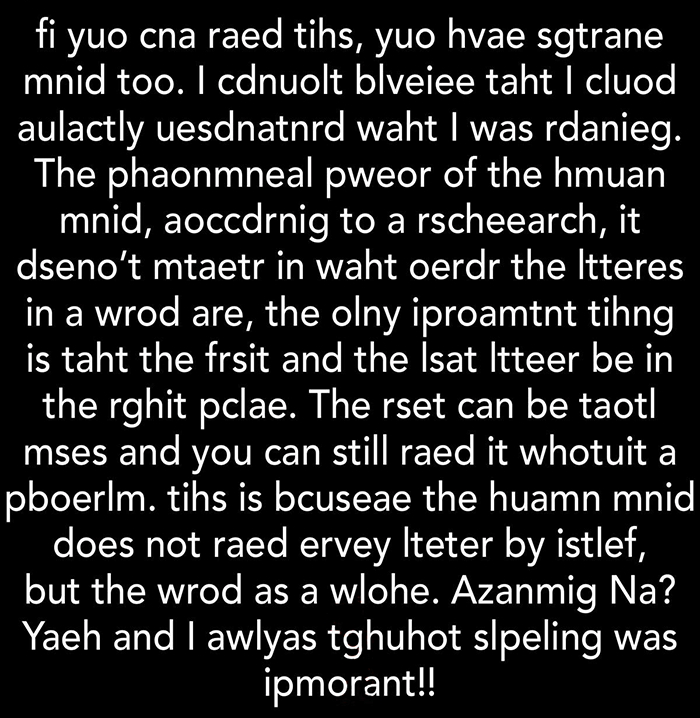
BRAIN TEASERS
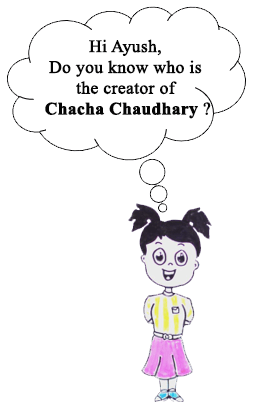
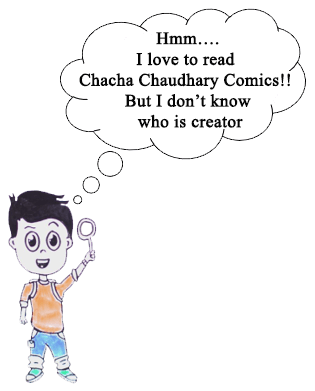
In Formation
HIDDEN GEMS OF INDIA
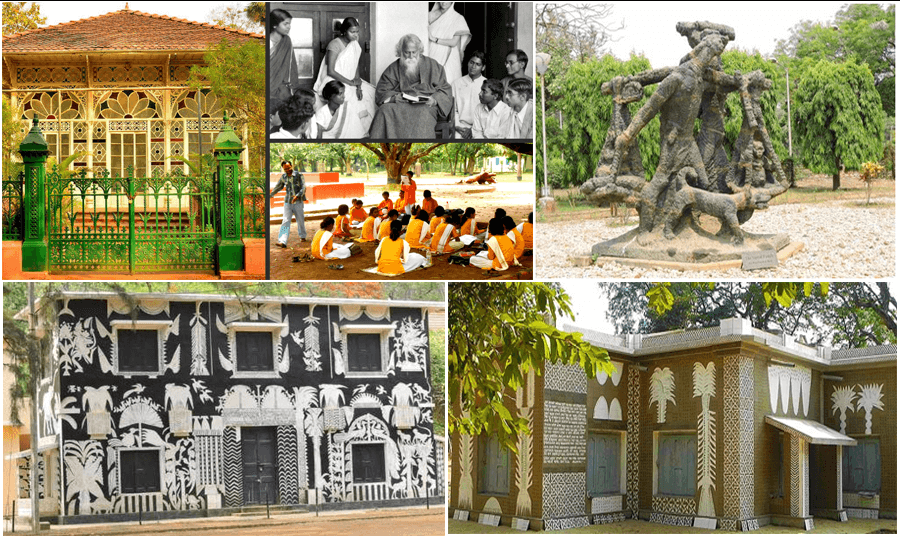
Tagore's Santiniketan
Exploring Tagore’s Santiniketan, an Abode of Learning Unlike Any in the World.
It was in 1862 that Maharishi Debendranath Tagore, father of Rabindranath Tagore was captivated by the peace and beauty of the luxuriantly canopied Chhatim trees and palm groves in the Bhubandanga area of Birbhum, about 158 kms northwest of Kolkata. It was in this area that he built the Santiniketan, or the ‘Abode of peace’.
Rabindranath Tagore was one of the earliest educators to believe in the concept of global village with education being deeply rooted in a person’s immediate surrounding.
Based on this school of thought he established an experimental school initially called Brahmacharya Ashram, which later came to be known as Patha Bhawan. Inn1921 this small school got converted into Visva Bharati University with a motto ‘Yatra visvam bhavatyekanidam’ meaning ‘where the whole world can find a nest’.
At Santiniketan you can spend a day visiting around the complex and indulging in the Art and Culture of India. To name a few:
- Rabindra Bhaban Museum or Tagore Museum that showcases the family genealogy, personal items and various other documentations.
- Uttarayan Complex having many houses built by Tagore family.
- Mrinmoyee is an open portico with beautiful plants and sculptures.
- Exquisite paintings and Murals on the University buildings walls.
Winter is the best time to visit Santiniketan as this Is the best time to take long strolls. Monsoon is also a wonderful time to visit this place, if you do’ mind the humidity. The campus at this time springs to life with various hues of lush greenery Well connected to Kolkata by road and rail it is a must visit for any art and literature enthusiast.
HAPPENINGS
- Acclaimed English author Amitav Ghosh was honoured with the 54th Jnanpith Award on December 14 2018.
- The National Sahitya Akademi of India announced a list of 22 winners of the Bal Sahitya Puraskar and 23 recipients of the Yuva Puraskar for 2019 on 14 June.
- Oman author Jokha Alharthi won the prestigious 'Man Booker International Prize 2019' on May 22, 2019 for her novel "Celestial Bodies".
- Award-winning and internationally bestselling author Salman Rushdies new novel "Quichotte" has been shortlisted for this year's Booker Prize for Fiction.
- Celebrated author Ruskin Bond released his latest book "Words From My Window -- A Journal" amid his young admirers from the Shriram Millennium School, Noida and other prominent schools of the National Capital Region.
- The three-day Kalinga Literary Festival (KLF) was held in Bhubaneshwar in July with "Gandhis Idea of India: Truth, Harmony, Non-Violence" as its central theme.
INGLISH
Nouns that are also Verbs
There are certain words in English language that do double-duty by being part of different Parts of Speech. Let’s look into some double-duty noun/verb words spread across the English language. As they grill us to understand the difference between the nouns and the verbs, we start appreciating their presence and importance.
- Noun - What is your name and address?
- Verb - The Speaker asked the Chief guest to address the gathering.
- Noun - The answer written by most of the students was very encouraging.
- Verb - Did he answer all the questions correctly?
- Noun - The biggest attraction of the event was a hot air balloon
- Verb - Our expenses had ballooned over the last quarter.
- Noun - Environment degradation is a serious challenge we are facing today
- Verb - The young school team will challenge the state team in a cricket match.
- Noun - The design painted on the walls of the auditorium was beautiful.
- Verb - Please design a logo for my new brand.
- Noun - The child’s face lit up with happiness when he saw the new cycle.
- Verb - She had to face the fact that her life had changed forever.
- Noun - There is a big rock lying in the middle of the road.
- Verb - He rocks every time he performs on stage.
- Noun - What is the question that you asked at the conference?
- Verb - The team arrived to question the participants about the contest.
ANSWERS
WORD POWER
- Intelligent
- Substance
- Content
- River
- Business
- Library
- Sanctuary
BRAIN TEASERS
Savvy:
Pran Kumar Sharma (15 August 1938 – 5 August 2014), better known as Pran, was an Indian cartoonist best known as the creator of Chacha Chaudhary (1971).
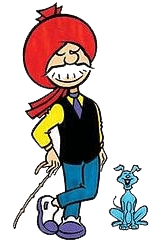
Disclaimer: This newsletter is published for educational purposes only. The name and the individual segments of the newsletter may not be reproduced or distributed electronically, in print or otherwise without the written permission. All rights reserved by Revisewise Education Solutions Pvt Ltd.



